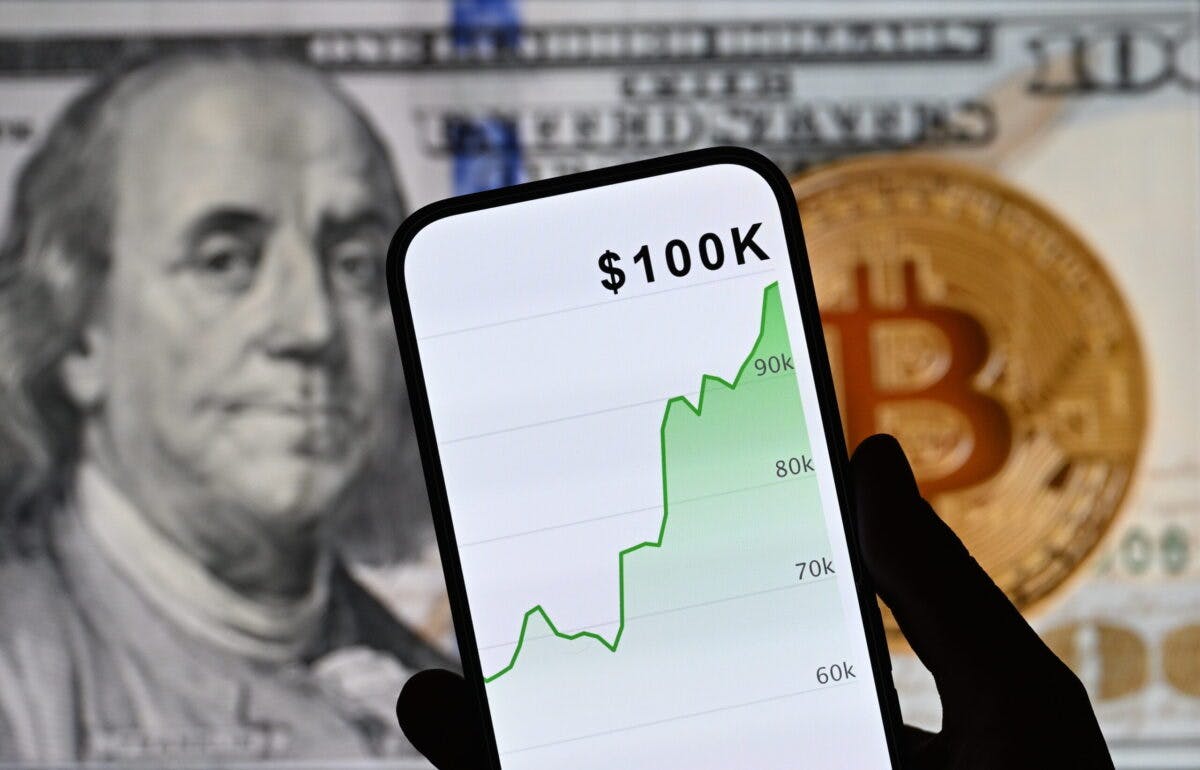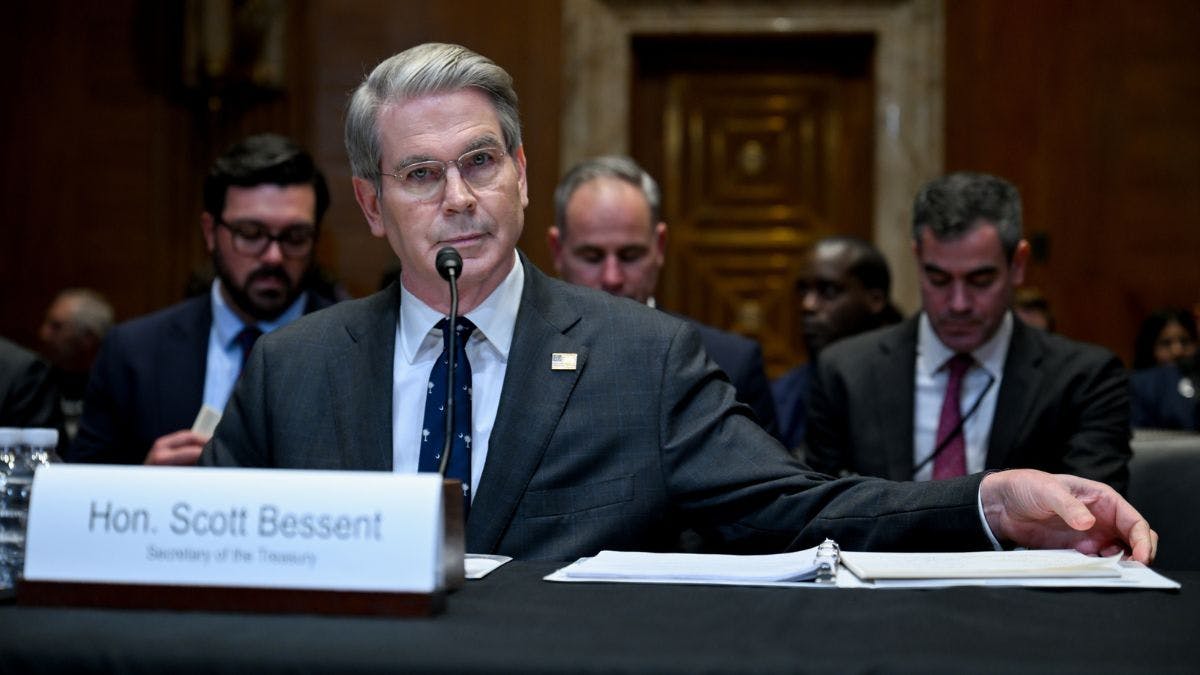Fleeting presidency, lasting debt: Joe Biden’s real legacy


Joe Biden’s parting gift to student loan borrowers aligns neatly with his massive deficits. Over and over, spending leads to rising deficits. Among Biden’s many failures, none is more quantifiable than his budgeting — or lack thereof.
“I’m proud to say we have forgiven more student loan debt than any other administration in history,” Biden declared recently, announcing another student loan cancellation for more than 150,000 individuals at an estimated cost of $4.2 billion.
For a one-term administration grasping for a legacy, it need only look at its spending, deficits, and immense debt.
That announcement coincided with two reports from the Congressional Budget Office. In comparing actual results to its projections, the CBO noted that fiscal year 2024 recorded a $1.8 trillion deficit — 6.4% of gross domestic product, up from 6.2% the previous year. This marks the deficit’s third consecutive increase and a level exceeded only six times since 1946. Meanwhile, federal spending reached $6.8 trillion (23.4% of GDP), surpassing its 50-year average by 11%. As a result, federal debt rose to 97.8% of GDP.
The CBO also reported that in the first quarter of fiscal 2025, the government ran a $710 billion deficit — $200 billion higher than the same period in fiscal 2024. Spending increased $175 billion (11%) over last year’s pace.
The connection, of course, is that Biden’s latest student loan forgiveness just piles more deficits and debt onto these and shifts both onto general taxpayers. It is also a microcosm of what Biden has done throughout his four years.
From fiscal years 2021 to 2024, federal spending exceeded the pre-COVID fiscal 2019 baseline by $8.2 trillion, generating $7.7 trillion in deficits. Nearly all of that came under Biden’s watch. Although the first quarter of fiscal 2021 occurred under Trump amid the 2020 pandemic, the newly reported first-quarter totals for fiscal 2025 already surpass that.
For four years, Biden has spent and spent, run staggering deficits, and racked up massive new debt. Amazingly, in the face of this dismal performance, Biden wanted more.
Lest we forget these astronomical figures’ toll, look no farther than to the inflation they helped fuel as they pushed trillions through the pipeline.
The January 15 CPI data release showed a 12-month inflation rate of 2.9% and a core rate (excluding food and energy) of 3.2%. Both rates remain above the Federal Reserve’s desired 2% target.
The only positive news was that both figures fell below the pessimistic inflation assumptions associated with Biden’s presidency. Since Biden took office, inflation has run hot, scorching American consumers. When he began his term in January 2021, the annual CPI increase was 1.4%. By March 2021, it had climbed to 2.6%, eventually peaking at a 40-year high of 9.1% in June 2022. Apart from Biden’s first full month in office, the inflation rate has never approached its level when he was inaugurated.
For Biden apologists baffled by the administration’s defeat in November, note the president’s 34.5% approval rating on inflation. The people did not believe the Biden-Harris hype.
Biden’s record shows unrestrained spending, yet he still wanted more. Only two senators from his own party — Joe Manchin of West Virginia and Kyrsten Sinema of Arizona — kept him from securing additional funds when Democrats held the White House and both houses of Congress. Ultimately, he had to “settle” for hundreds of billions less.
He also pushed for even broader student debt cancellation. He adopted a piecemeal strategy only because he could not accomplish a total wipeout. Two Supreme Court rulings, in June and August 2023, thwarted his plans. Undeterred, Biden has sought new ways to shift student debt to federal debt by revising programs that predate his administration.
Biden appeared willing to spend any amount, run any deficit, and accumulate any level of debt. Yet even in the waning days of his term, Biden’s administration scrambled to send as much money out the White House door as possible. His time simply ran out.
For a one-term administration grasping for a legacy, it need only look at its spending, deficits, and immense debt. Unfortunately for American taxpayers, that may prove to be Joe Biden’s longest-lasting impact.
Originally Published at Daily Wire, Daily Signal, or The Blaze
What's Your Reaction?
 Like
0
Like
0
 Dislike
0
Dislike
0
 Love
0
Love
0
 Funny
0
Funny
0
 Angry
0
Angry
0
 Sad
0
Sad
0
 Wow
0
Wow
0









































































